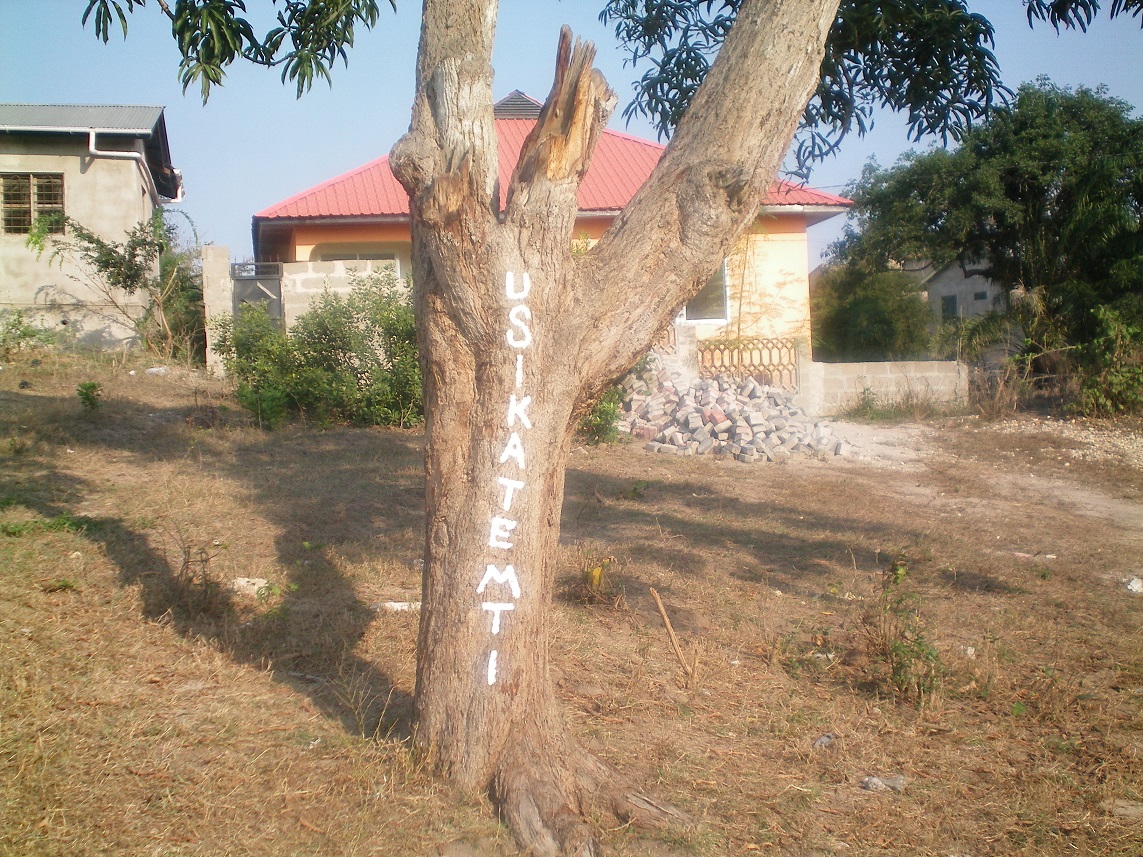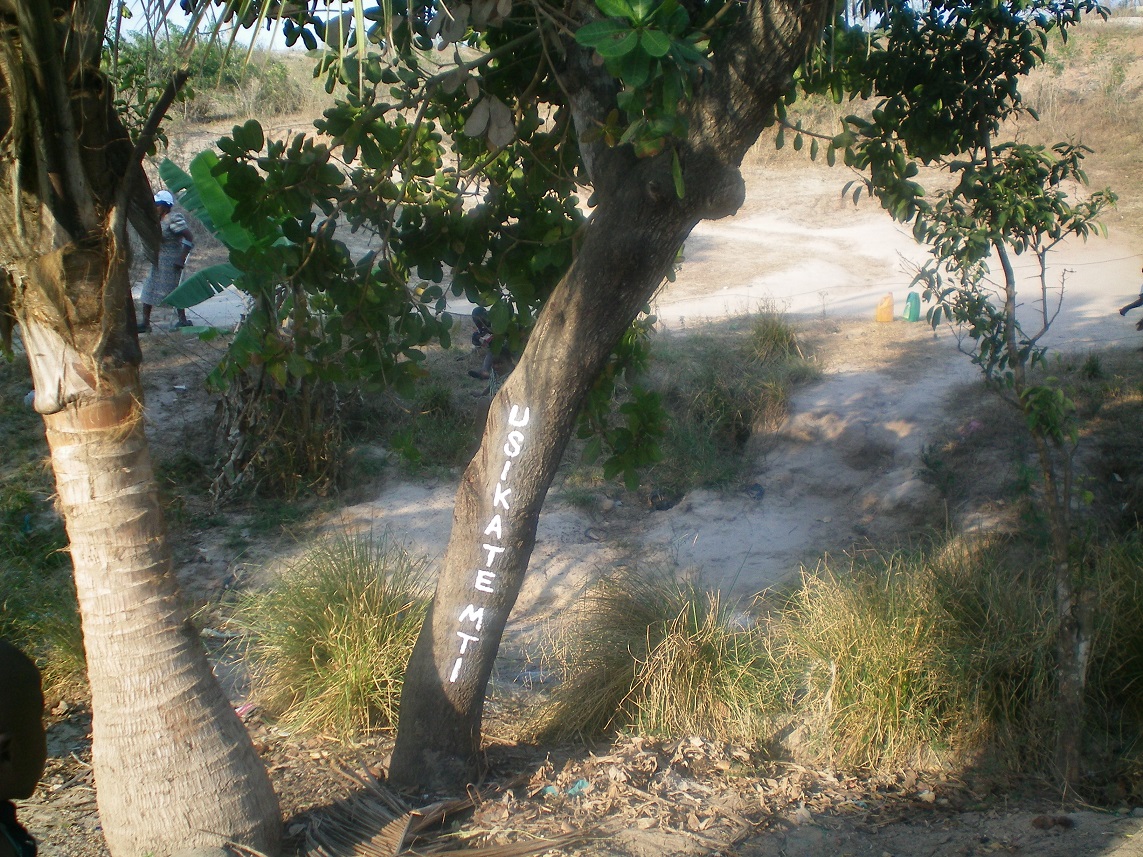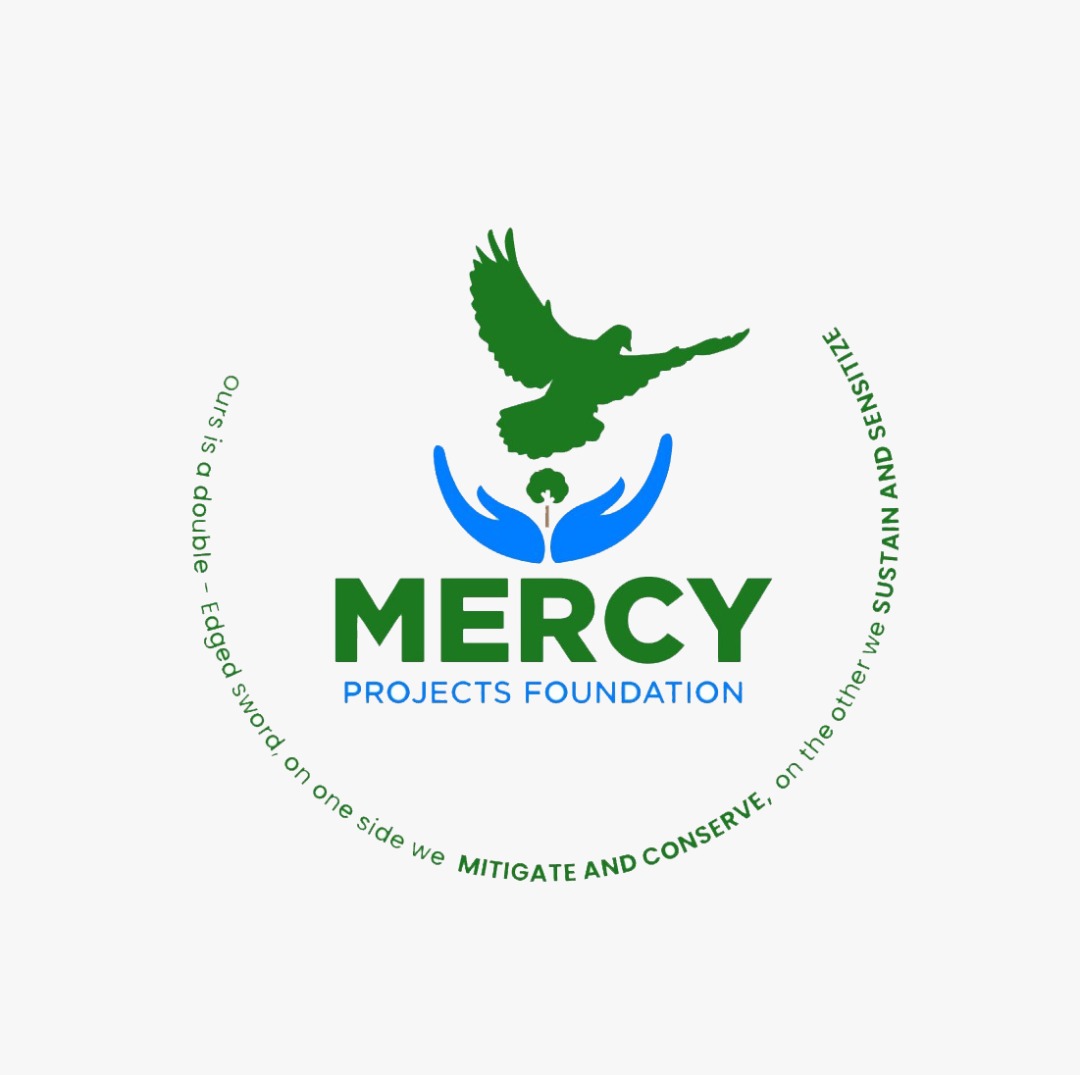
Environment Conservation

Environment conservation involves more than tree planting. It encompasses the whole ecosystem.
At Mercy Projects Foundation, we are constantly thinking of more ways on how we can be responsible stewards for our environment.
We constantly comb the grass-root communities in a bid to sensitize and educate the public on what we can all collectively do to conserve our ecosystems; as well as what we can do to mitigate the looming climate change atrocities.
Before we reward our clients with the free rain water- harvesting tanks, we have always required that they have 10 trees around them with a height of 5 feet (152.4 cm). These must be well protected and that they allow MPF to 'tree- mark' them as protected entities.
With the ever changing world events, we now require to see how also the surrounding water-shed areas are used. Wetlands act as sponges to help avert flooding. If ignored in this work, they can also rebel against us!
We also scrutinize how our communities handle waste like organics, e- waste, plastics, metal and glass. All these need attention. Otherwise, they end up in the water- bodies!
Organics are easy to handle because they easily decompose.
This brings us to the work of education and sensitization. We encourage recycling. For example when it comes to E- Waste, we encourage refurbishing workshops and teach them networking tricks so that their refurbished products may constantly sell cheaply as opposed to the new electric gadgets.
Separation of waste is taught and encouraged and made practical in that particular community before disbursement of the Free- rain water- harvesting tanks.
Our dream at Mercy Projects Foundation is currently to have a model village with these ideals in place. This will get the general public in Africa to believe and see that positive change in Environment conservation is truly possible.
PRESERVATION OF TREES
At Mercy Projects Foundation we provide free 5000
liter water tanks to harvest rain water in attempts to help preserve our ecosystems.
Water is a FINITE natural resource. It's also a basic need and yet many poor people especially in developing countries have very limited access to it.
At Mercy Projects Foundation we work relentlessly to sensitize communities on how to preserve and conserve it.
One of the practical ways we came up with, was the project of the free water tanks to harvest rain water. We provide the tank and we also finish the installation on the day of donating the tank. From trees we get plenty of rain, so our recipients understand that if the trees are felled after signing our agreement, we reserve the right to take back our tank. This is because the whole issue of the free rainwater-harvesting tank was because of the preservation of our trees and the conservation of the entire Environment.
PROTECTION OF TREES

When Mercy Projects Foundation volunteers go to the field, they 'tree mark' like in the photos/pictures on your left. They count and document the trees that we have protected that day. 'Tree marking' is done in the local language. We ask the community in that particular area to give us signatures of at least five people.
We also reserve the right to visit those trees for a period that is not less than (30) thirty years. This depends on the age of the trees at the time of signing the contract.
In an attempt to protect the trees in poor communities, we 'kill two birds with one stone.'
We give the community a free 5000 liter water tank with the promise / agreement that they will protect and preserve our trees from themselves abusing them and from any other parties that may not know about our agreement.
Again we could say that our work is like a 'double edged sword.' While we work to conserve the environment, we also help poor people harvest clean rain water.
MERCY PROJECTS FOUNDATION will soon add Stream Restoration projects, in the greater Masaka area in the south of Uganda.
Please see picture on our GALLERY page.
- We are looking for partners and volunteers to help us sensitize the public.
These projects will help improve water quality in the area.
We want to help the survival of the water microbes/ algae in these streams. These algae help to reduce nitrogen levels in the water. High nitrogen levels are detrimental to humans and plants.
You can also be a part of us here 👇
https://paypal.me/mercyprojectsfoundat?locale.x=en_US
WHAT IS STREAM RESTORATION?
Stream Restoration improves Water quality.
It involves removing of trees in favor of grassy bushes/ meadows along stream banks to allow more sunlight in the water which helps the algae in the streams to remove nitrogen pollutants from the water more effectively.
Grassy bushes allow more sunshine penetration as compared to trees.
Without the stream restoration projects, the swift- moving waters during a thunderstorm, do not allow the streams time to remove a good amount of the water pollutants.
An advantage of stream restoration is that it helps to absorb and reduce nitrogen loads. This is done by microbes. Excessive nitrogen is a problem to Farmers.
Stream Restoration also filters various pollutants out of local water ways.
Stream restoration projects are designed to improve the ability of a stream to absorb and process nutrient pollutants and to prevent them from flowing downstream. So this is a great way to improve water quality in water-shed areas or wetlands.
Stream restoration Projects meet more opposition in urban areas where the communities oppose any tree cutting for their aesthetic value as opposed to water quality values.
In poor slum areas, the communities will welcome the green environment of the grassy bushes. These communities hardly have any green areas around them.
Reference:
Environmental Research letters.
Research paper in:
'Spatial Asynchrony in Environmental and Economic Benefits of Stream Restoration' by:
David Newburn, Ruoyu Zhang, Andrew Rosenberg, Laurence Lin, Peter Groffman, Jonathan Duncan and Lawrence Band.
